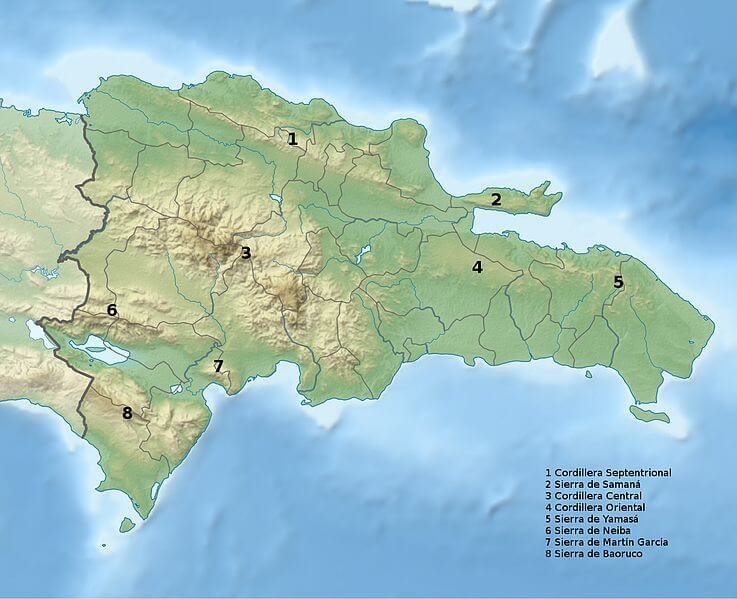The Cordillera Septentrional: Dominican Republic's Northern Mountain Range
The Cordillera Septentrional, also known as the Northern Mountain Range, is a prominent geological and cultural feature in the Dominican Republic. It runs parallel to the northern coast in a northwest-southeast direction, with rugged terrain and rich biodiversity. It is a crucial water source.
The Cordillera Septentrional: Dominican Republic's Northern Mountain Range
The Cordillera Septentrional, a.k.a. the Northern Mountain Range, is a significant geological and cultural aspect of the Dominican Republic. It shapes the land and the lives of its inhabitants. The mountain range runs about 160 kilometers (100 miles) parallel to the northern coast, stretching in a northwest-southeast direction. Its terrain is rugged, with steep slopes and lush valleys. The range is known for its rich biodiversity and is an important water source.
Geological Formation and Landscape
The Cordillera Septentrional is a geologically complex mountain range formed by the collision of the North American and Caribbean tectonic plates. Predominantly composed of sedimentary rocks, limestone, and karst formations, the range features numerous caves and sinkholes that pepper its landscape, adding to its geological intrigue. The highest peak in the Cordillera Septentrional, Diego de Ocampo, rises majestically to an elevation of 1,249 meters (4,097 feet) above sea level, offering panoramic views of the surrounding terrain.
Ecological Importance and Water Source
Beyond its geological significance, the Cordillera Septentrional is a vital water source for the Dominican Republic. The rivers originating from the mountain range flow into the fertile Cibao Valley, one of the country's most important agricultural regions. Additionally, the mountains play a crucial role in regulating the country's climate by trapping moisture from the Caribbean Sea, resulting in orographic uplift and precipitation that sustains the region's ecosystems and agricultural activities.
Cultural Significance and Tourism
The Cordillera Septentrional is of significant cultural importance to the Dominican Republic. It is home to various indigenous communities and offers breathtaking vistas of the island. Its peaks attract visitors from far and wide, drawn by opportunities for hiking, camping, and birdwatching amidst the range's diverse landscapes. Furthermore, the mountains are adorned with historical sites, adding layers of historical and cultural richness to the region.
Flora and Fauna
Renowned for its rich biodiversity, the Cordillera Septentrional harbors a diverse array of plant and animal species, many of which are endemic to the region. The varied elevations and microclimates of the mountains support a wide range of ecosystems, including pine forests, cloud forests, and dry forests. Among the notable fauna species are the Hispaniolan solenodon, the Hispaniolan hutia, and various bird species like the Hispaniolan trogon, contributing to the region's ecological splendor.
Challenges and Conservation Efforts
Despite its ecological and cultural significance, the Cordillera Septentrional faces numerous challenges, including deforestation, climate change, and poverty. Deforestation has led to soil erosion, landslides, and flooding, exacerbating environmental degradation. Climate change-induced warming and drying trends threaten water availability and increase the risk of wildfires. Poverty further compounds these challenges, hindering community efforts to address environmental issues.
Various conservation initiatives and sustainable development projects are underway to mitigate these threats. Reforestation efforts aim to restore degraded landscapes, while conservation initiatives focus on protecting the range's unique biodiversity. Sustainable development projects seek to improve communities' livelihoods in the Cordillera Septentrional, foster resilience, and promote environmental stewardship.
In conclusion, the Cordillera Septentrional is a testament to the Dominican Republic's natural and cultural heritage. As society navigates the complexities of conservation and sustainable development, it is imperative to cherish and protect this majestic mountain range, ensuring its preservation for future generations to enjoy and appreciate.

Map depicting the location of the mountain ranges of the Dominican Republic.
